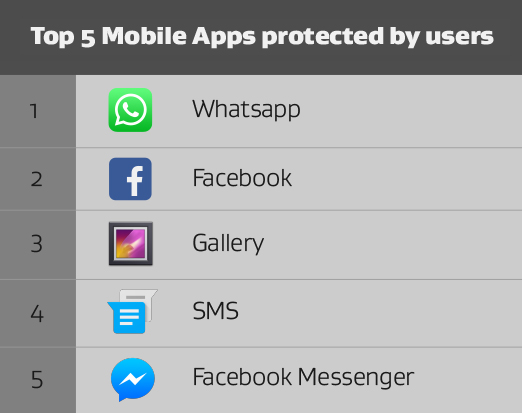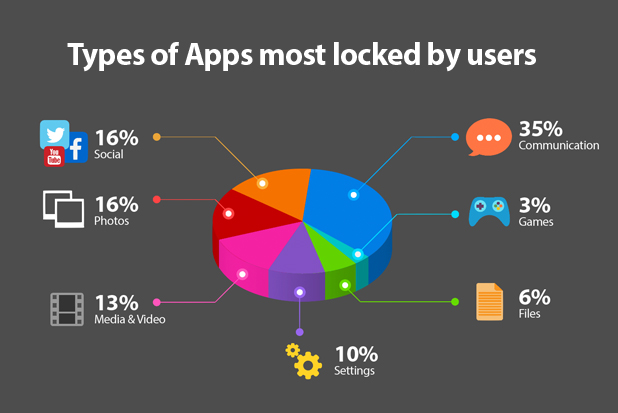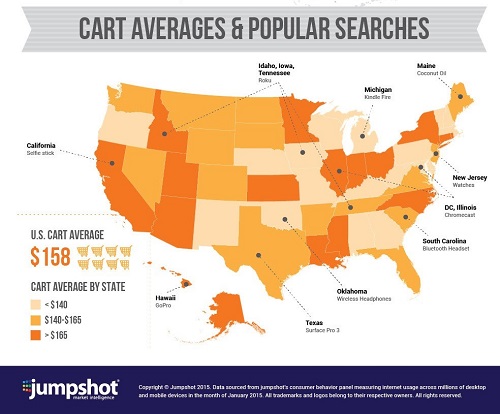This article is a re-print from the April 1, 2015 edition of Silicon India.

Careless employees, not hackers, are the biggest threat to your company’s data security.
Security threats are evolving quickly, making it difficult to pinpoint just one threat that is currently affecting small and mid-size businesses.
From the threats we have observed in the past and the ones we anticipate for the future, we have learned that while malware can be damaging to businesses, so can human decisions. This makes it vital for small and mid-size business owners to discuss possible threats with their employees and share basic IT guidelines with them, but more importantly, to implement a strong security solution that holds up dangers before they become a real threat.
Taking Advantage of Human Nature: Social Engineering
Hackers understand that it is human nature to make mistakes, which is why they often turn to social engineering. Social engineering is a tactic that tricks people into revealing their personal information, like log in details, or into performing actions, like downloading malware disguised as an attachment or link.
Phishing emails are a popular form of social engineering that can easily sneak their way into your employees’ inboxes, disguising themselves as yet another offer, promotion, or even customer, if you do not have anti-phishing protection. Phishing campaigns come in many forms; they can either use scare tactics to make people believe they are in trouble or that they have won a prize.
In the last few months we have seen Trojans like Pony Stealer and Tinba make their rounds. Both Pony Stealer and Tinba attempted to convince people they owed money and to download an invoice, which was of course not an actual invoice, but a Trojan.
Falling for phishing scams can have devastating effects on businesses; they could not only steal personal information, but also attack Point of Sale (PoS) systems to steal customers’ financial information, thus not only affecting the business itself, but its clients as well.
Lack of security awareness: Beneficial for hackers, bad for your business
Not taking proper security precautions, like choosing weak passwords or ignoring security updates, is another human flaw cybercriminals like to abuse to access accounts and networks. To gain control of a system, hackers can enter common or weak passwords or simply look up hardware’s default administrative log in credentials.
Neglecting to update software is another gateway for hackers, leaving vulnerabilities and loopholes wide open for them to take advantage of. Similarly, connecting to public and open Wi-Fi connections while on a business trip is like sending hackers a personal invitation to snoop around your business.
India’s SMBs are getting technology ready – hackers are getting ready, too
According to Indian consulting firm, Zinnov, 20% of India’s 50 million small and mid-size businesses are technology ready. Cybercriminals will take note of this and are probably preparing plans at this very moment, which is exactly what you should do, too.
Set up basic security guidelines for your employees, teach them about possible threats and make sure they understand how imperative their role plays in securing your business. For example, your employees should be encouraged to choose strong passwords for their devices and accounts, to keep their software updated – if that’s not what you manage centrally – and to use a VPN when connecting to unsecure wireless networks.
You cannot, of course, rely solely on your employees to protect your business – humans innately make mistakes. To protect your business and to provide your employees with a safety net, you need to have a proper business security solution. Small to mid-size businesses should look for security solutions that include anti-phishing, firewall to control network traffic, and server-side protection. If employees are required to travel frequently, it also makes sense to implement a VPN solution on their laptop, smartphone, and tablet. If connecting to open Wi-Fi at an airport, hotel or café, a VPN can be used to encrypt valuable business data and protect it from hackers.
As humans do make mistakes, you cannot rely on your employees to implement and manage the security solution themselves. It is recommendable to choose a solution that empowers you to remotely manage the security on your employees’ computers.
Whether your business is a two-man show, or an army of 2,000, awareness, paired with the right security technology are essential.
![]()





